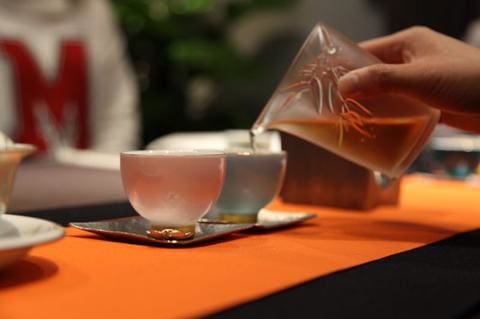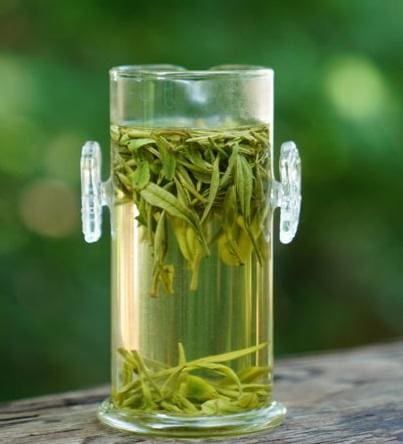
A Brief Guide to Steeping Loose Leaf Teas
Some who turn to loose-leaf tea for the first time find it immediately distasteful. Perhaps the most frequent complaint is that their tea tastes bitter or astringent. No matter how well they “follow the directions”—and they insist that they do—the tea just doesn’t come out right.

But what if we told you that you were following the wrong directions?
Some of this confusion comes from bagged tea vendors, and so those who have been using bagged teas for a long time (or have watched others use them) are the most likely to make these mistakes.
One prominent manufacturer of bagged teas, for example, writes:
Add the tea bag to your cup.
Boil water and pour over the tea bag.
Let the tea steep for at least 5 minutes to get the strongest flavor possible.
We couldn’t imagine much worse advice for loose leaf teas, and this seems to stem from a combination of tradition in the west (“this is how it’s always been done”) and a fundamental misunderstanding of how flavor is extracted from tea leaves. If you’re going to make a successful transition to loose-leaf tea, then you’ll need to ditch these directions as quickly as possible.
First, astringency can be an inherent quality of your tea, and in many cases (but not all), it can be a sign of the inferiority of the tea leaves.
Were they plucked too soon? Grown at a low elevation? Improperly roasted? Crushed into fine particles?
These are just some of the important factors that can affect astringency, and in general, many high-quality teas lack astringency altogether, making them especially suitable for brewing grandpa style.
As for bitterness, however, it’s a little more complicated.

There’s a close relationship between time, temperature, quantity of tea leaves, quality of flavor, and bitterness. For simplicity’s sake, let’s just limit this to the following three variables: time, flavor, and bitterness.
While time is needed to boost flavor, at some point, the amount of flavor extracted rapidly decreases in proportion to the amount of bitterness created. This is because the longer your tea is steeping, the more the tannins are released into the water, and it’s the tannins that make your tea taste bitter. In other words, there’s an infusion sweet spot, and the longer you steep your tea, the worse it will taste—an undesirable effect that can occur quickly if you wait too long.
What is that sweet spot?
Contrary to popular opinion, we find steeping your teas for just one minute (and sometimes even less) is optimal. It’s an easy guideline to remember, easy to follow while steeping, and tends to create the greatest amount of flavor with the least amount of bitterness.
